Hairy Annual Bluebell,
Annual Bluebell
Display all 16 images

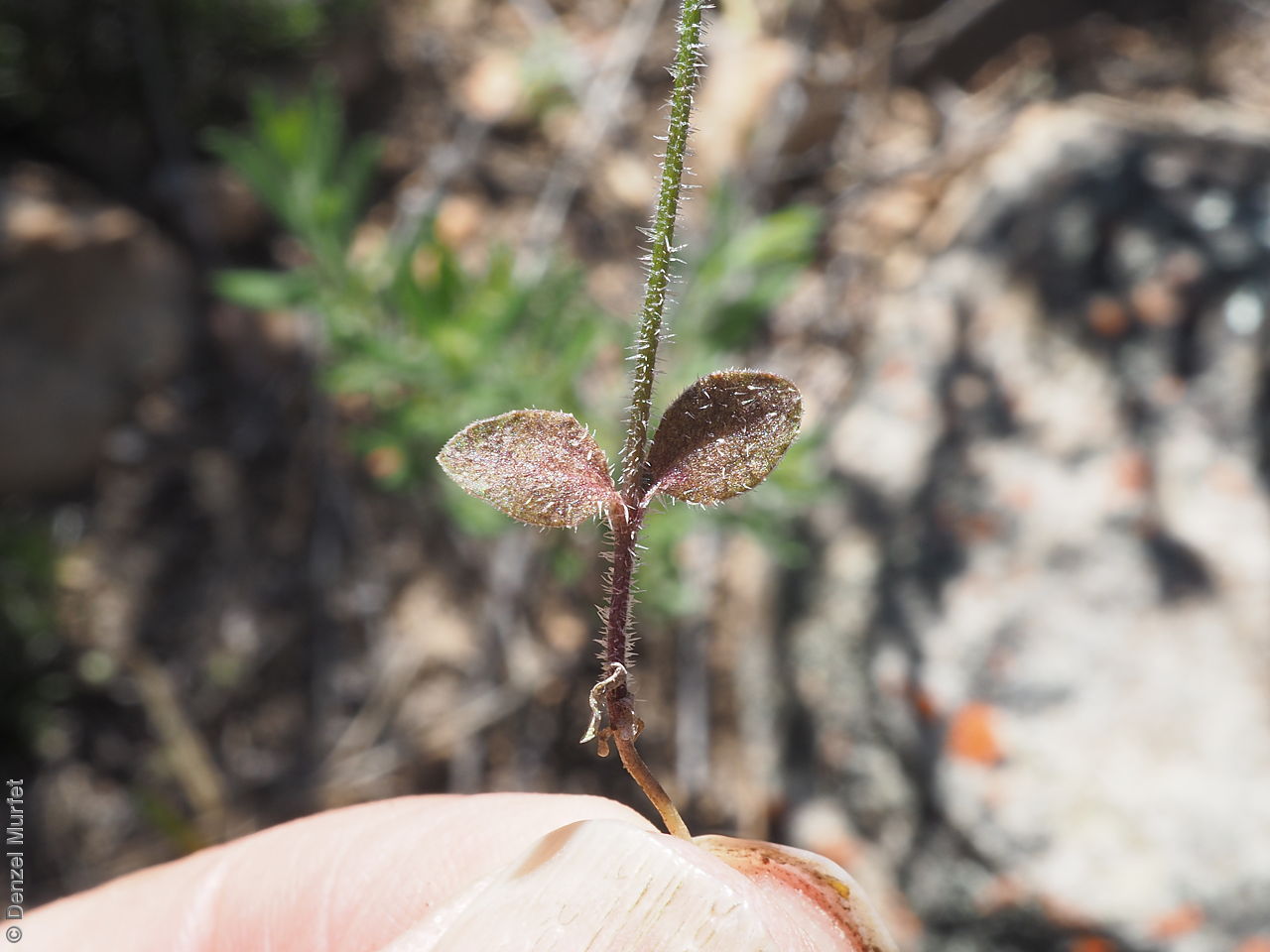

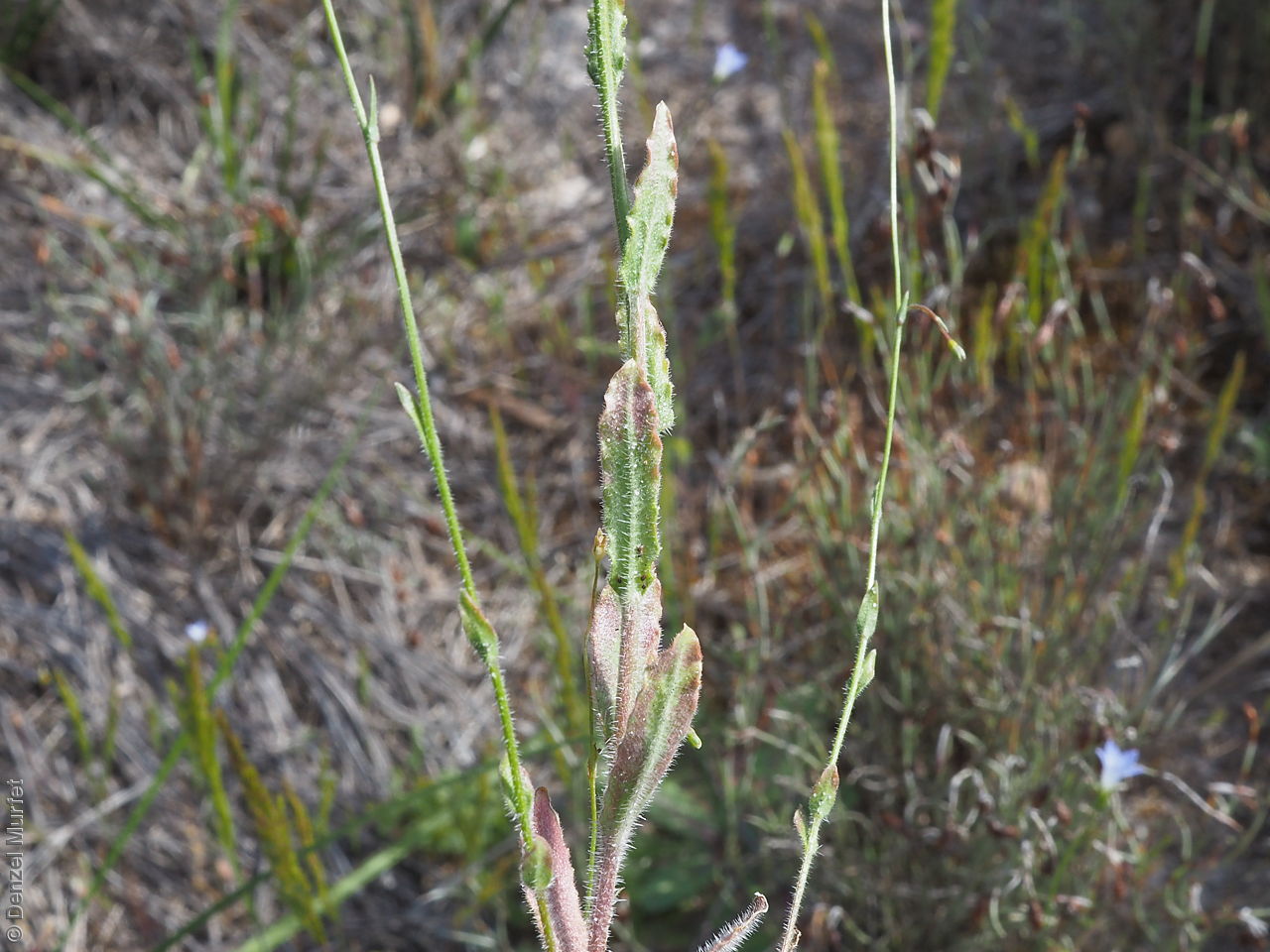
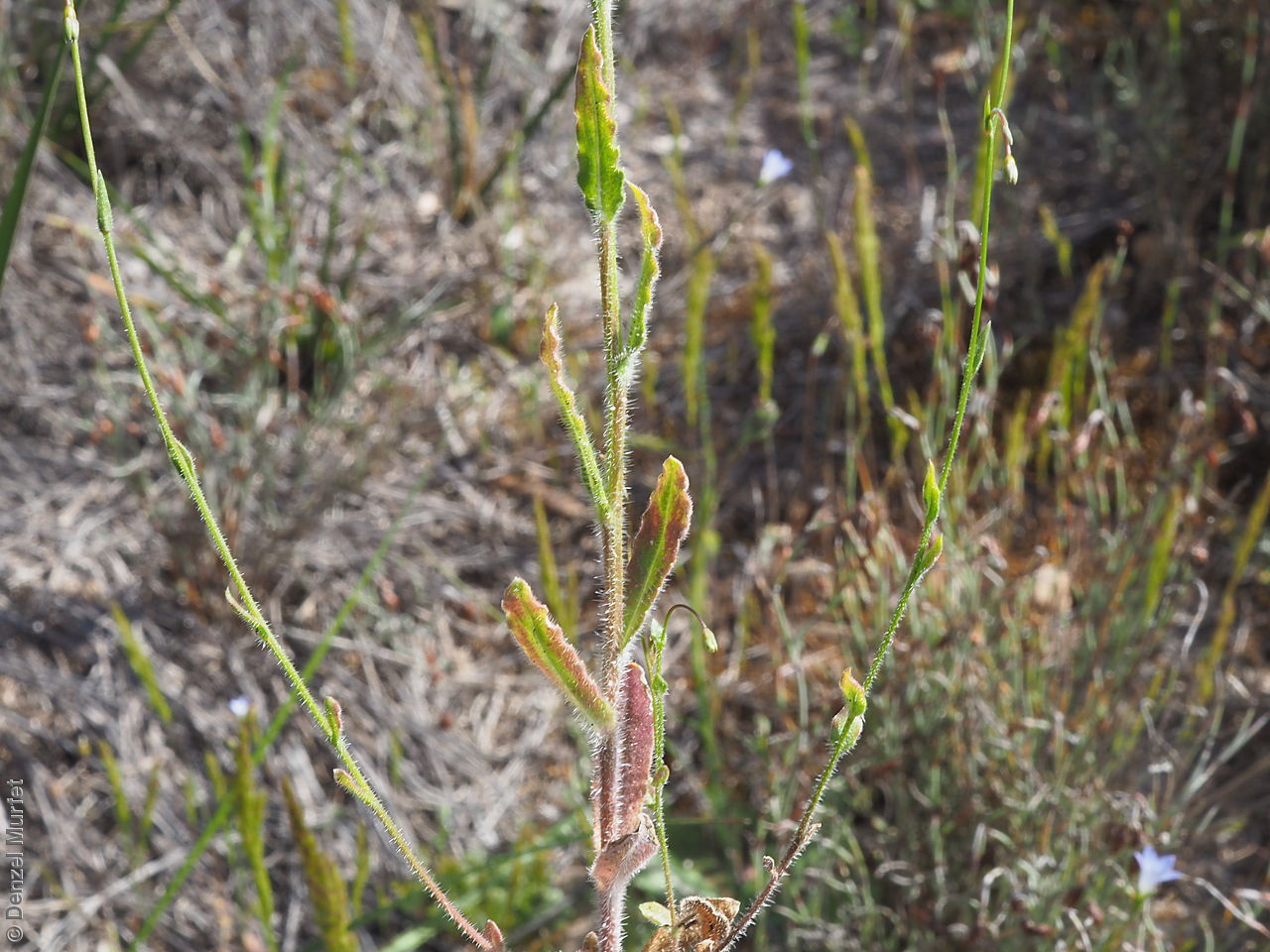
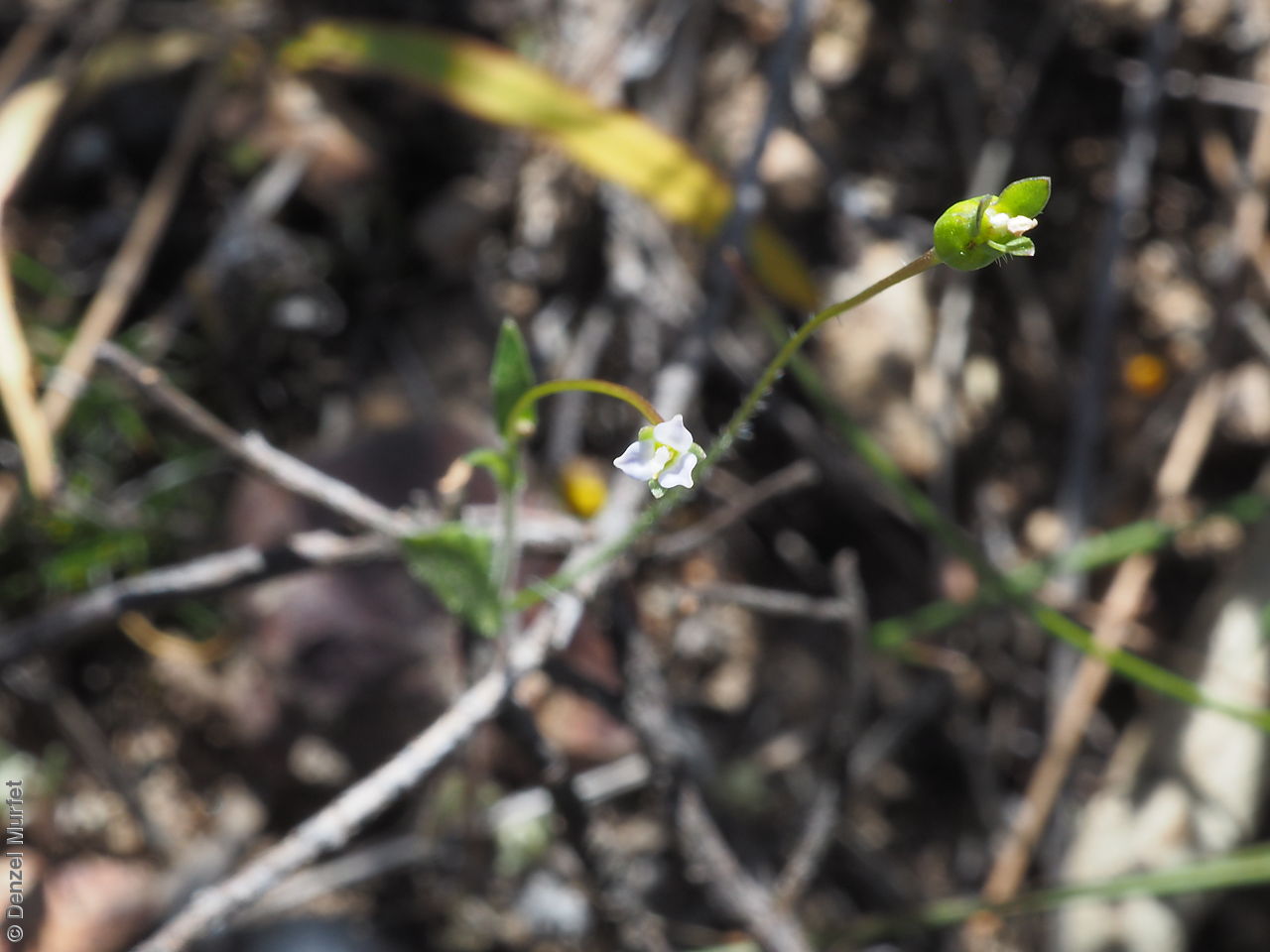
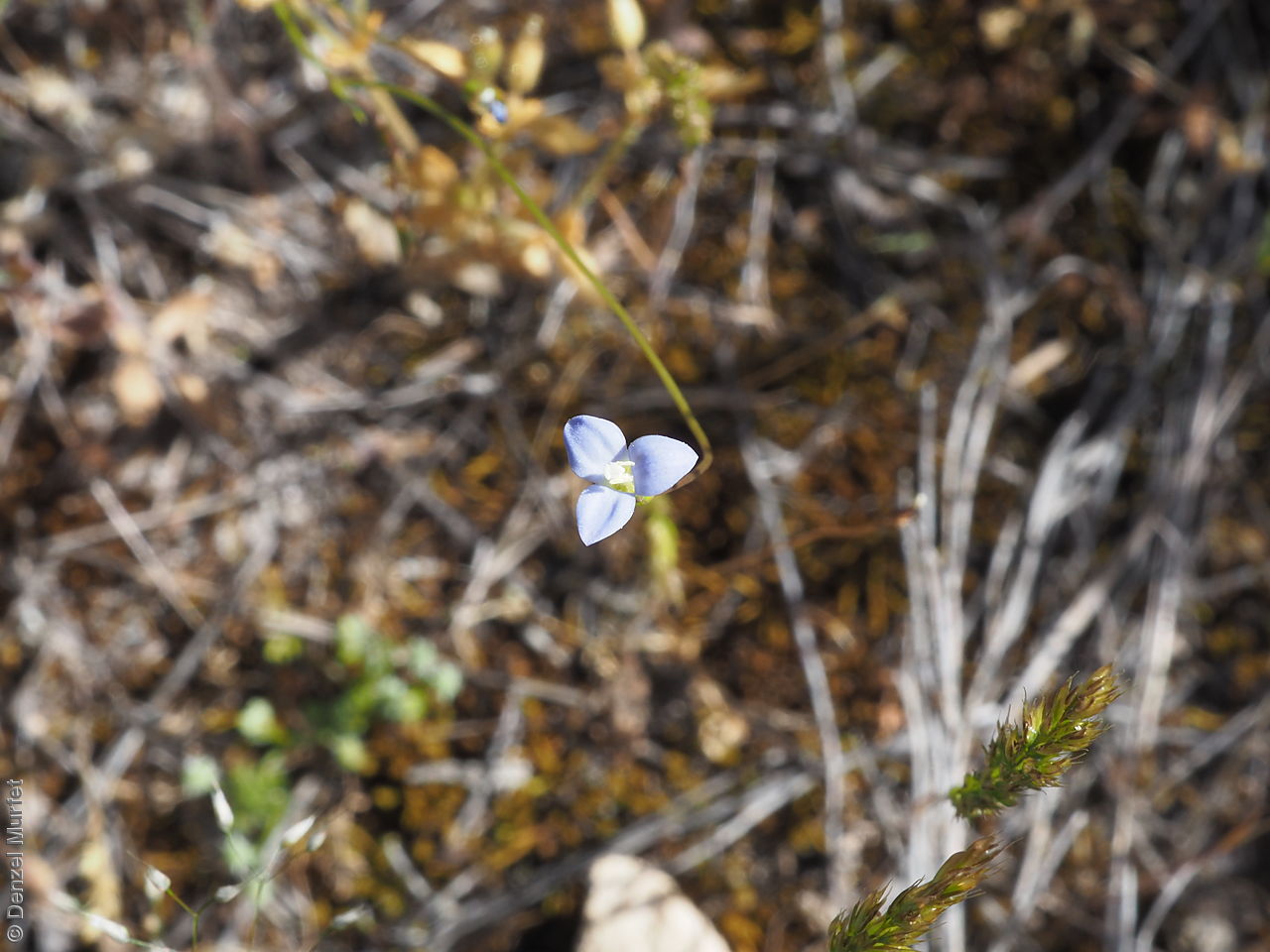
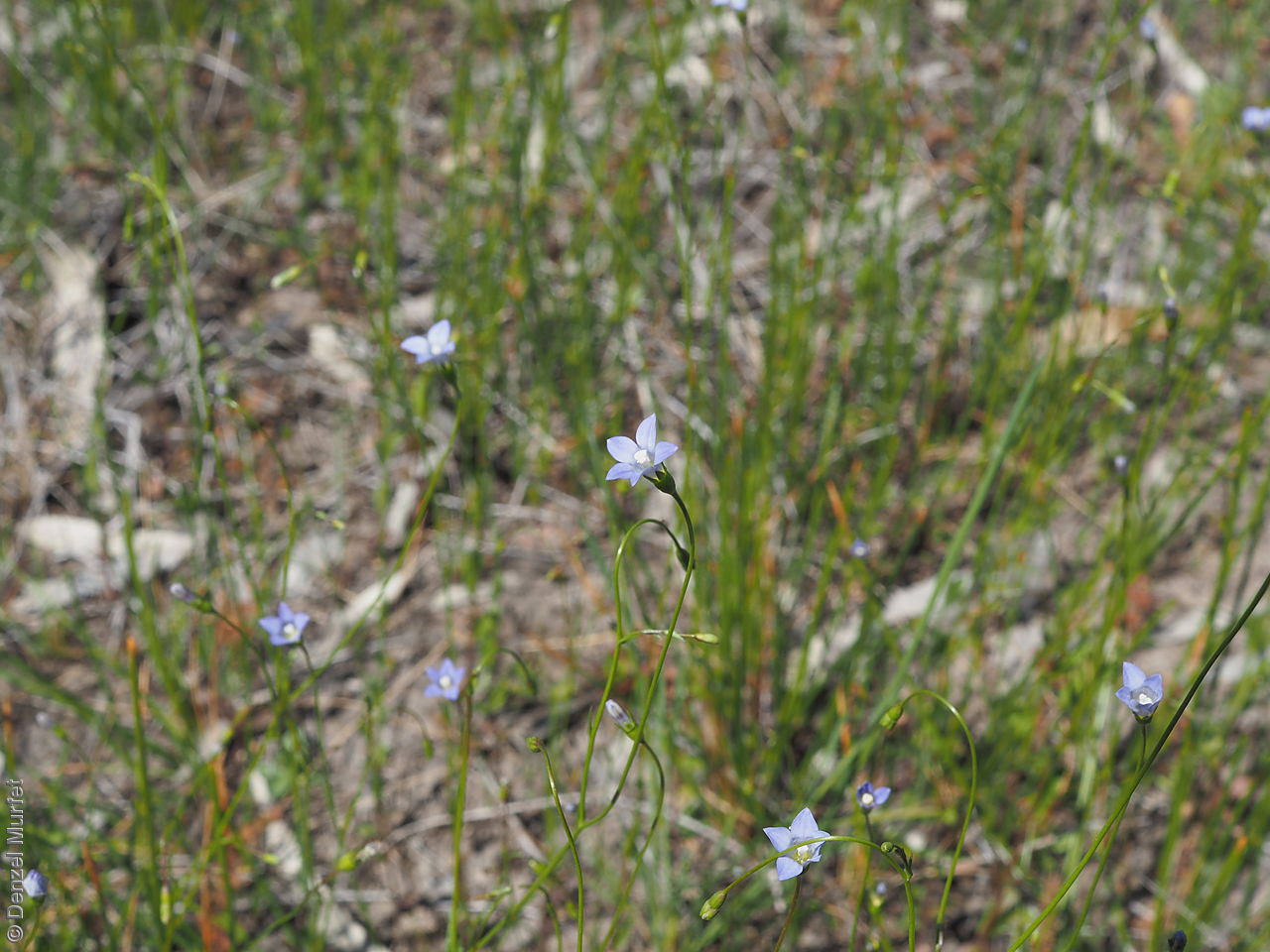

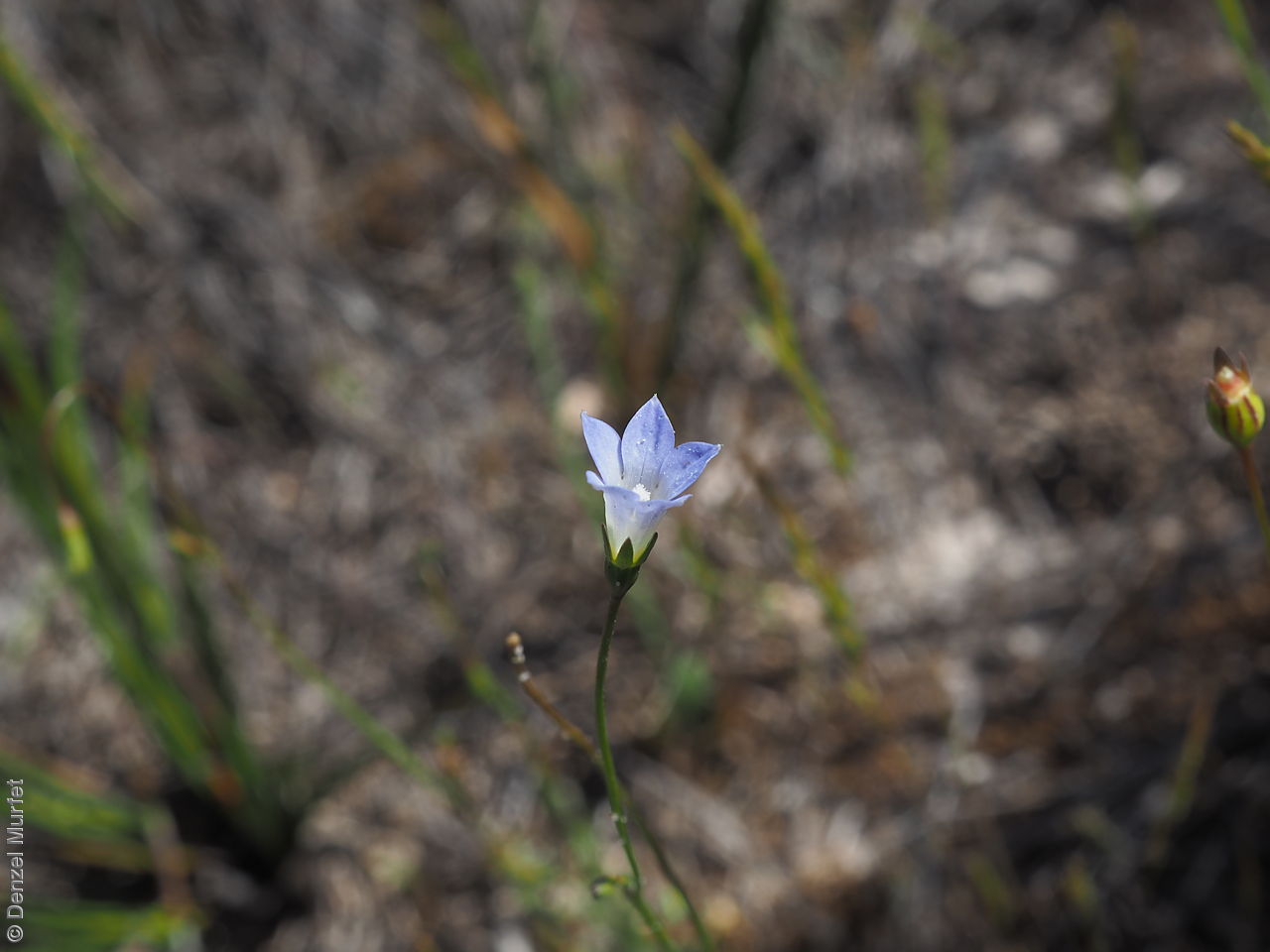
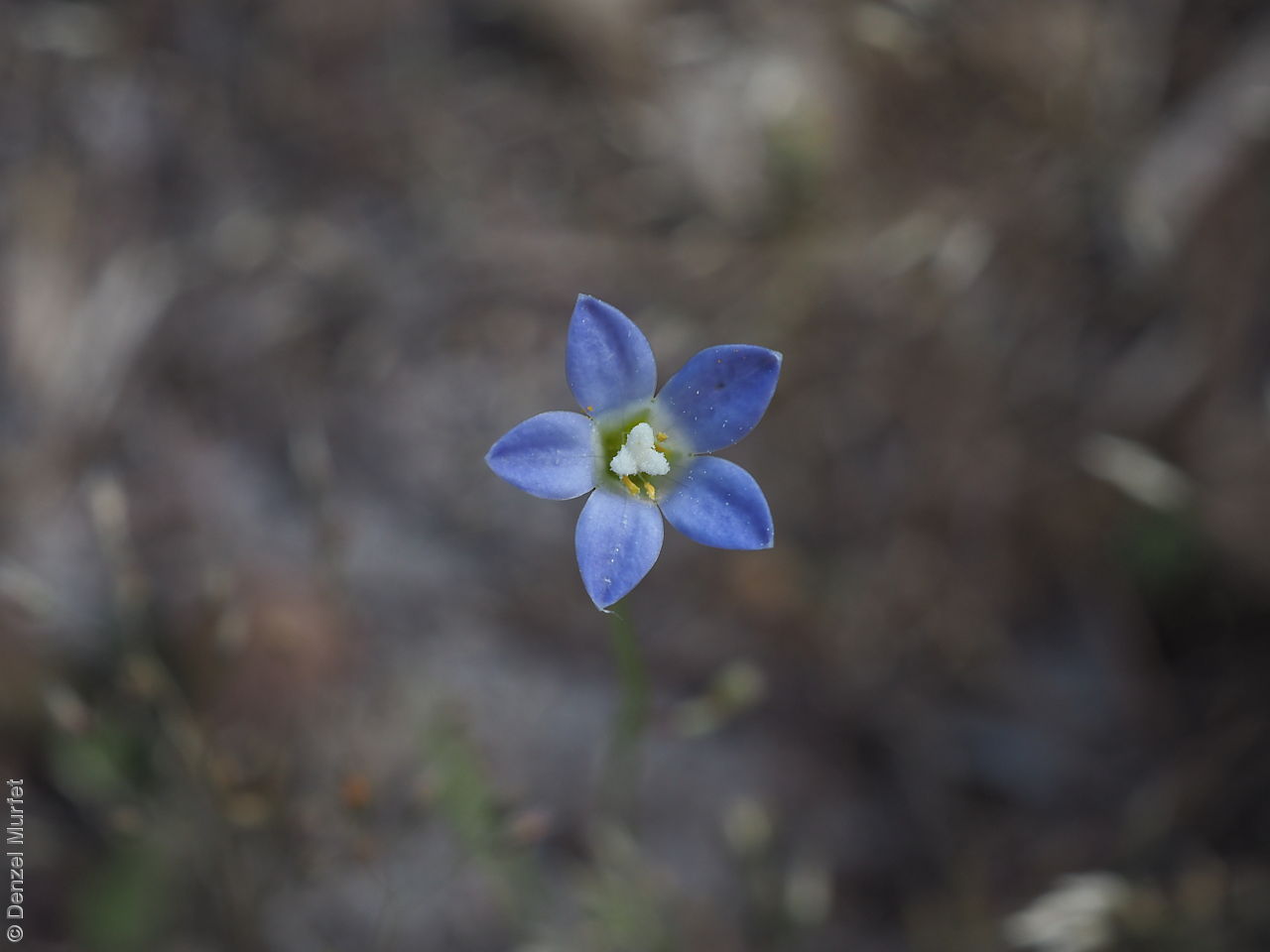
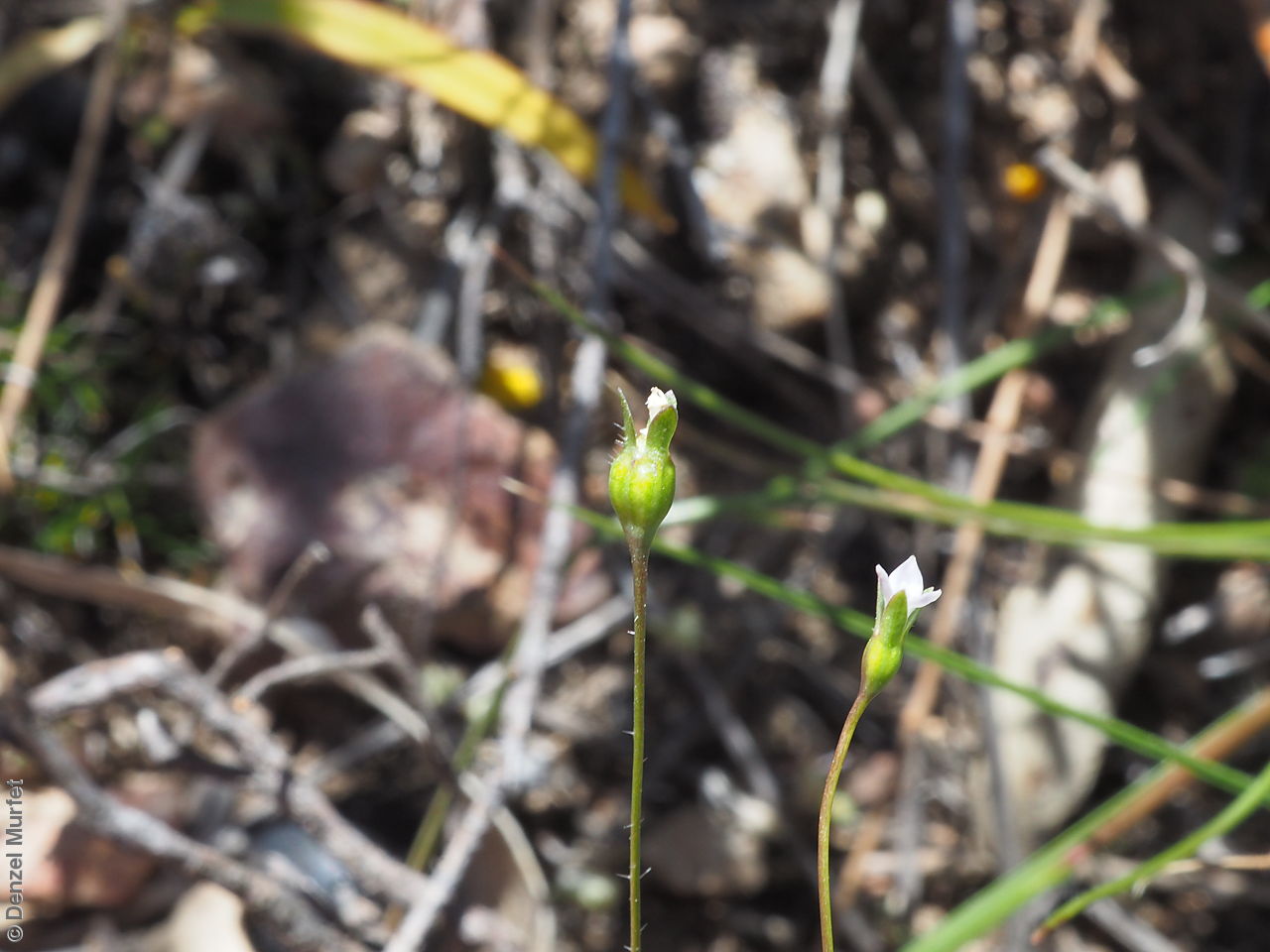
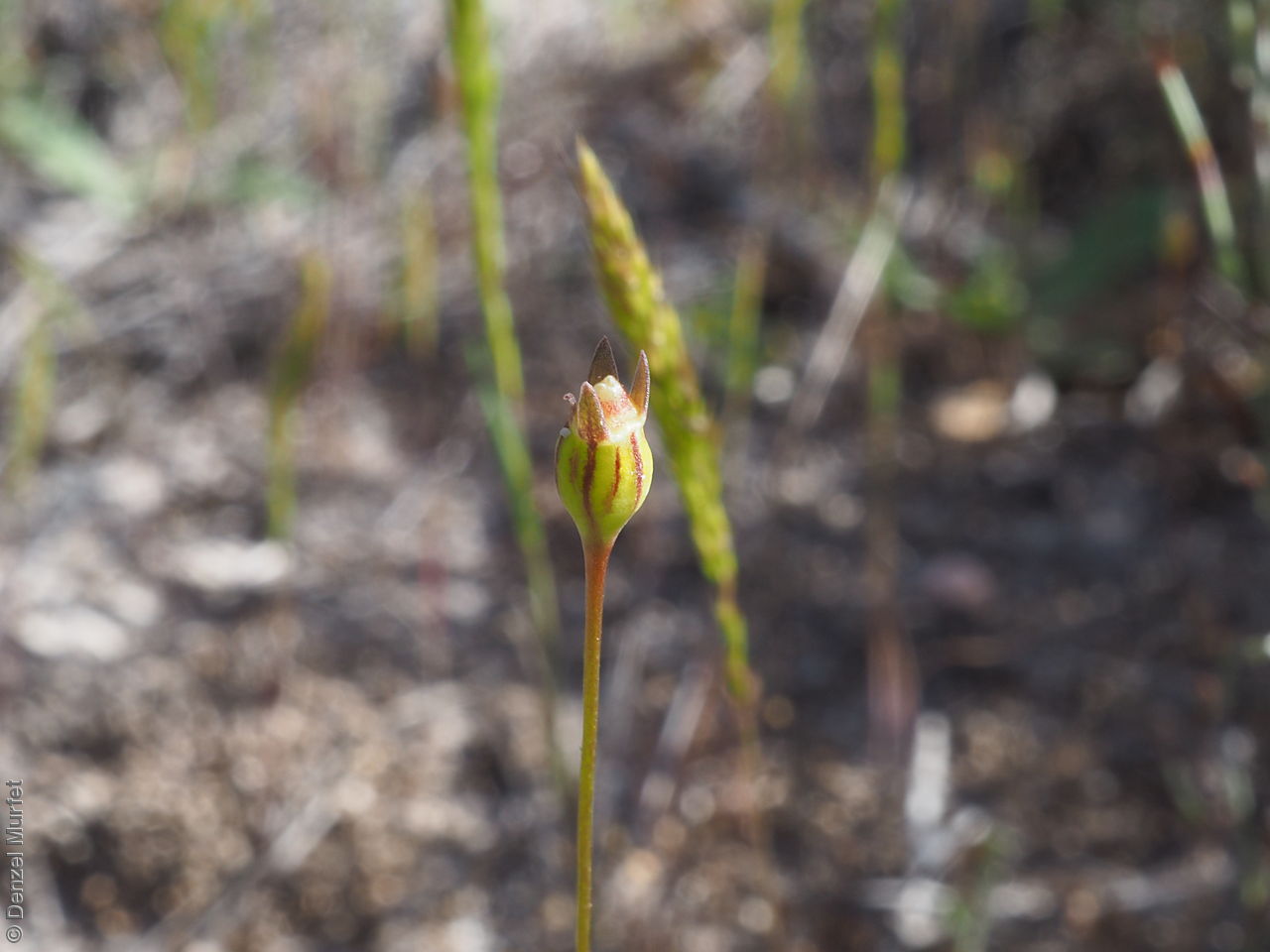
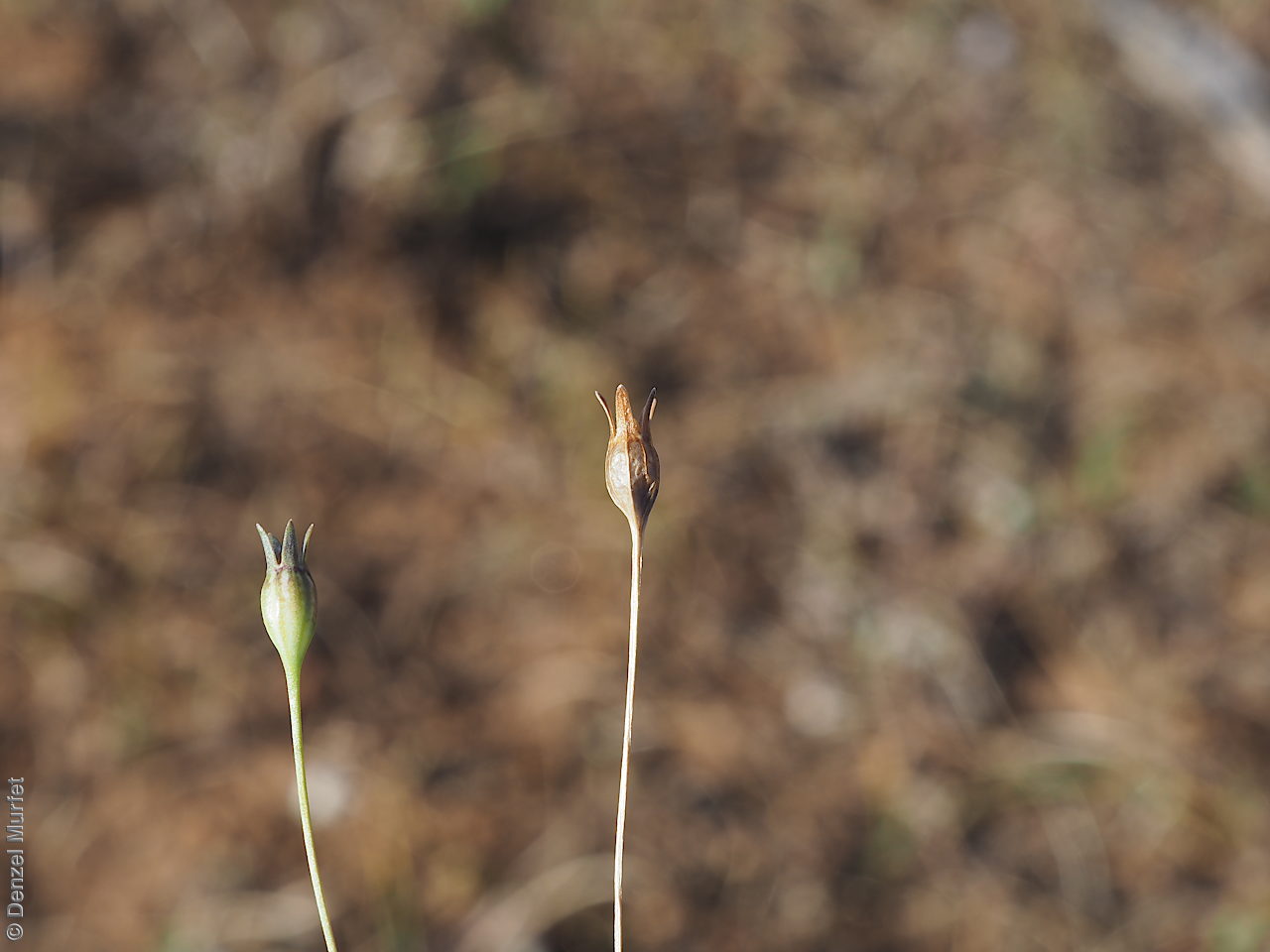

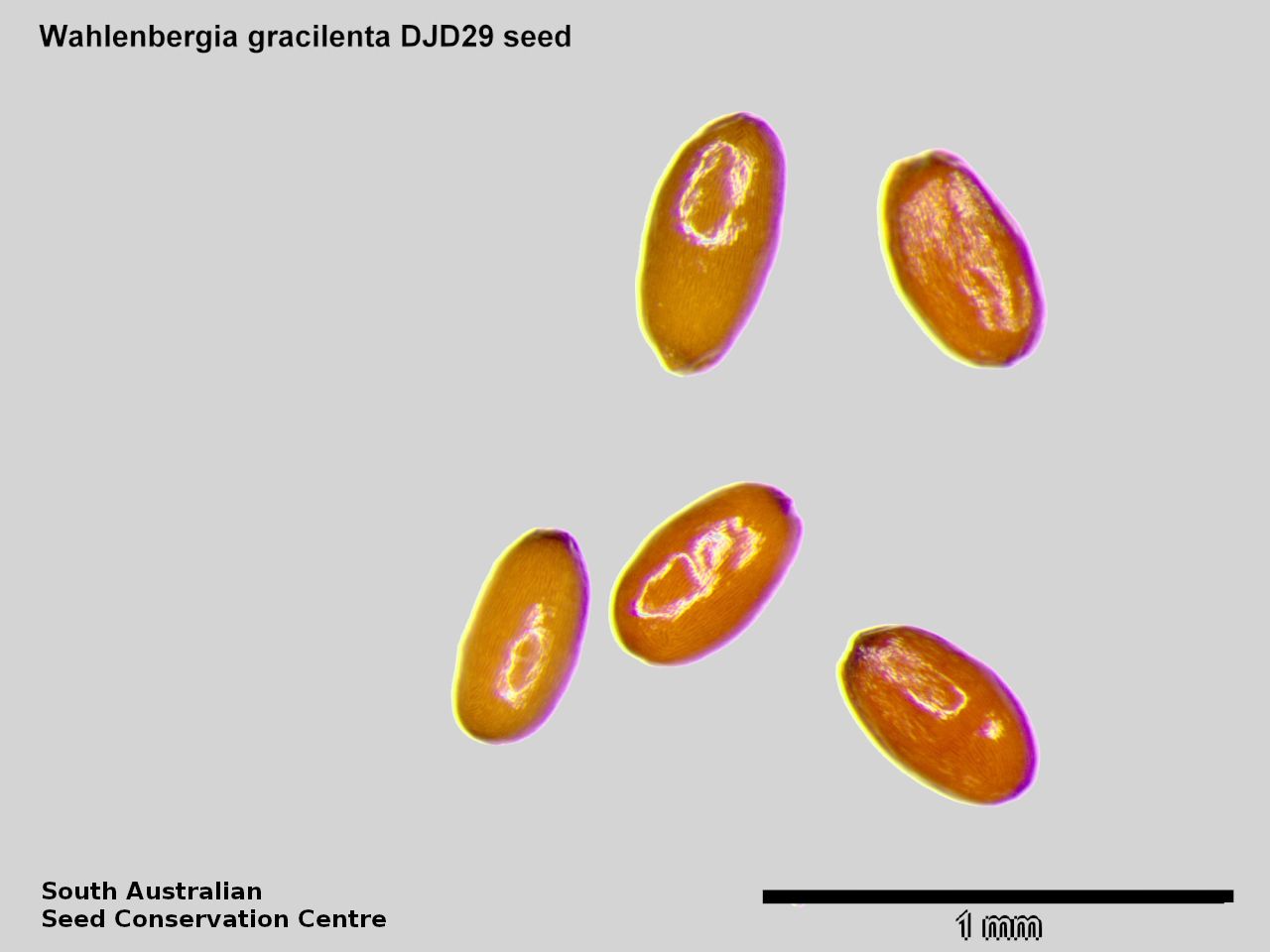
Regional Species Conservation Assessments per IBRA subregion.

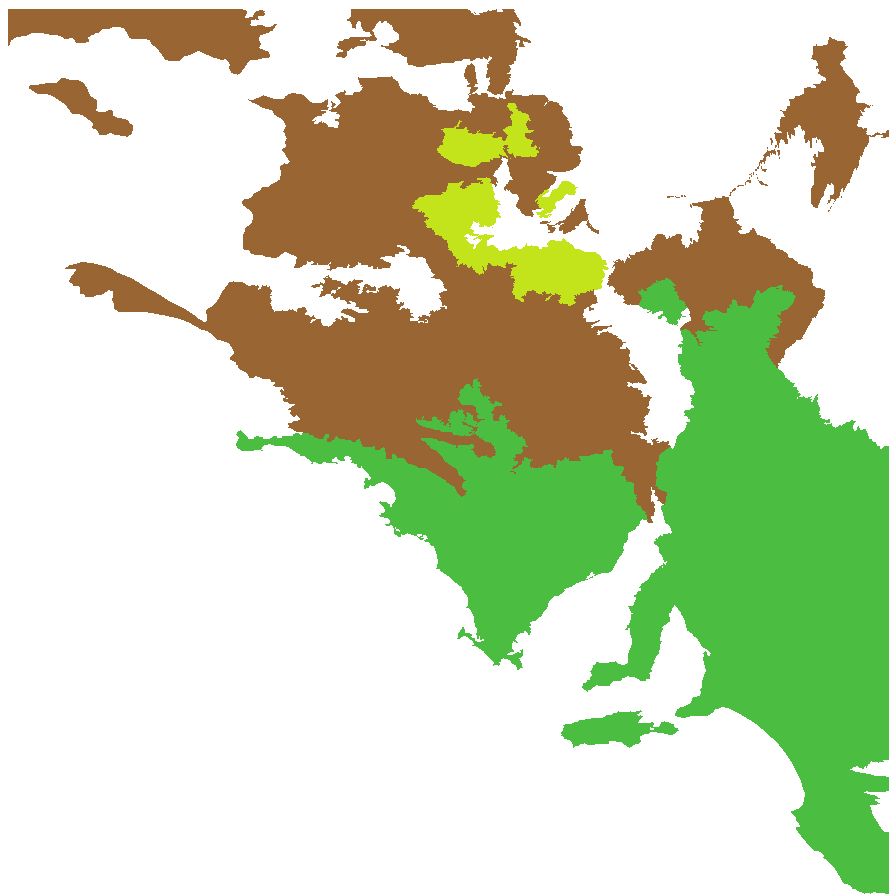
Least concern
Near threatened
Rare
Vulnerable
Endangered
Critically endangered
Extinct
Data deficient
Adelaide
Arkaroola
Ceduna
Coober Pedy
Hawker
Innamincka
Marla
Marree
Mount Gambier
Oodnadatta
Renmark
Wudinna
Keith
Yunta
Display IBRA region text
| Mount Gambier (SVP02) | Southern Volcanic Plain | Least Concern |
| Bridgewater (NCP01) | Naracoorte Coastal Plain | Least Concern |
| Glenelg Plain (NCP02) | | Least Concern |
| Lucindale (NCP03) | | Least Concern |
| Tintinara (NCP04) | | Least Concern |
| Kangaroo Island (KAN01) | Kanmantoo | Least Concern |
| Fleurieu (KAN02) | | Least Concern |
| Mount Lofty Ranges (FLB01) | Flinders Lofty Block | Least Concern |
| Broughton (FLB02) | | Least Concern |
| Olary Spur (FLB03) | | Least Concern |
| Southern Flinders (FLB04) | | Least Concern |
| Northern Flinders (FLB05) | | Least Concern [responds to disturbance] |
| Central Flinders (FLB06) | | Least Concern [responds to disturbance] |
| Southern Yorke (EYB01) | Eyre Yorke Block | Least Concern |
| St Vincent (EYB02) | | Least Concern |
| Eyre Hills (EYB03) | | Least Concern |
| Talia (EYB04) | | Least Concern |
| Eyre Mallee (EYB05) | | Least Concern |
| South Olary Plain (MDD01) | Murray Darling Depression | Least Concern |
| Murray Mallee (MDD02) | | Least Concern |
| Murray Lakes and Coorong (MDD03) | | Least Concern |
| Lowan Mallee (MDD04) | | Least Concern |
| Braemer (MDD07) | | Least Concern [Habitat degraded] |
| Murray Scroll Belt (RIV06) | Riverina | Least Concern |
| Myall Plains (GAW01) | Gawler | Least Concern |
| Gawler Volcanics (GAW02) | | Least Concern |
| Gawler Lakes (GAW03) | | Rare (IUCN: RA d(ii)) |
| Arcoona Plateau (GAW04) | | Rare (IUCN: RA d(ii)) |
| Kingoonya (GAW05) | | Rare (IUCN: RA d(ii)) |
| Roxby (GAW07) | | Rare (IUCN: RA d(ii)) [responds to disturbance] |
| Tallaringa (GVD05) | Great Victoria Desert | Rare (IUCN: RA d(ii)) [responds to disturbance] |
| Yellabinna (GVD06) | | Rare (IUCN: RA d(ii)) |
| Barrier Range (BHC01) | Broken Hill Complex | Least Concern |
| Bimbowrie (BHC05) | | Least Concern [Degraded habitat] |
| Curnamona (BHC06) | | Least Concern [Habitat degraded] |
| Breakaways (STP01) | Stony Plains | Rare (IUCN: RA d(ii)) [responds to disturbance] |
| Oodnadatta (STP02) | | Rare (IUCN: RA d(ii)) [responds to disturbance] |
| Murnpeowie (STP03) | | Rare (IUCN: RA d(ii)) [responds to disturbance] |
| Peake-Dennison Inlier (STP04) | | Rare (IUCN: RA d(ii)) [responds to disturbance] |
| Witjira (STP06) | | Rare (IUCN: RA d(ii)) [responds to disturbance] |
| Baltana (STP07) | | Near Threatened [responds to disturbance] |
| Coongie (CHC06) | Channel Country | Rare (IUCN: RA d(ii)) [responds to disturbance; outliers] |
| Mann-Musgrave Block (CER01) | Central Ranges | Rare (IUCN: RA d(ii)) [responds to disturbance] |
| Watarru (CER02) | | Rare (IUCN: RA d(ii)) [responds to disturbance] |
| Mount Gambier (SVP02) | Southern Volcanic Plain | Least Concern |
| 4 of 4 subregions | Naracoorte Coastal Plain | Least Concern |
| 2 of 2 subregions | Kanmantoo | Least Concern |
| 6 of 6 subregions | Flinders Lofty Block | Least Concern |
| 5 of 5 subregions | Eyre Yorke Block | Least Concern |
| 5 of 6 subregions | Murray Darling Depression | Least Concern |
| Murray Scroll Belt (RIV06) | Riverina | Least Concern |
| 6 of 8 subregions | Gawler | Least Concern , Rare |
| 2 of 4 subregions | Great Victoria Desert | Rare |
| 3 of 4 subregions | Broken Hill Complex | Least Concern |
| 6 of 7 subregions | Stony Plains | Near Threatened , Rare |
| Coongie (CHC06) | Channel Country | Rare (IUCN: RA d(ii)) [responds to disturbance; outliers] |
| 2 of 3 subregions | Central Ranges | Rare |
Botanical art
Kath Alcock paintings: 17
Prior names
Wahlenbergia quadrifida
Common names
Hairy Annual Bluebell
Annual Bluebell
Etymology
Wahlenbergia named by H.A Schrader in honour of Georg Göran Wahlenberg (1780-1851), a Swedish professor of botany. Gracilenta from the Latin 'gracilis' meaning slender; alluding to the species habit.
Distribution and status
Found many in the southern parts of South Australia, with scattered occurrences further north, growing on sandy or gravelly soils. Also found in Western Australia, New South Wales, Victoria and Tasmania. Native. Common in South Australia. Common in the other states.
Herbarium regions: North Western, Lake Eyre, Gairdner-Torrens, Flinders Ranges, Eastern, Eyre Peninsula, Northern Lofty, Murray, Yorke Peninsula, Southern Lofty, Kangaroo Island, South Eastern, Green Adelaide
NRM regions: Adelaide and Mount Lofty Ranges, Alinytjara Wilurara, Eyre Peninsula, Kangaroo Island, Northern and Yorke, South Australian Arid Lands, South Australian Murray-Darling Basin, South East
AVH map: SA distribution map (external link)
Plant description
Annual, single- or few-stemmed herbs, hairy, with stems to 35 cm long, often unbranched below the inflorescence. Leaves opposite, becoming alternate up the stem, sometimes alternate throughout, to 40 mm long and 11 mm wide, obovate or broadly elliptical, becoming lanceolate up the stem, margins flat or sometimes undulate. Flowers terminal, blue or sometimes pink or white, funnel-shaped with 5 narrowly oblong lobes. Flowering between July and February. Fruits are brown ellipsoid to globose capsule to 7 mm long and 6 mm wide. Seeds are tiny orange-brown elliptic seed to 0.5 mm long and 0.2 mm wide. Seed embryo type is spatulate under-developed.
Seed collection and propagation
Collect seeds between September and March. Collect capsules that are maturing, drying and turning brown with brown seeds inside. Place the capsules in a tray and leave to dry for a week. Then rub the capsules gently with your hands to dislodge the seeds. Use a sieve to separate the unwanted material. Be careful as the seeds are very small. Store the seeds with a desiccant such as dried silica beads or dry rice, in an air tight container in a cool and dry place.
| Location | No. of seeds
(weight grams) | Number
of plants | Date
collected | Collection number
Collection location | Date
stored | % Viability | Storage
temperature | BGA
MSB | 2,800 (0.04 g)
4,300 (0.061 g) | 50+ | 26-Oct-2004 | DJD29
Gairdner-Torrens | 28-Mar-2006 | 100% | -18°C |
Location: BGA — the seeds are stored at the Adelaide Botanic Gardens, MSB — the seeds are stored at the Millennium Seed Bank, Kew, England.
Number of plants: This is the number of plants from which the seeds were collected.
Collection location: The Herbarium of South Australia's region name.
% Viability: Percentage of filled healthy seeds determined by a cut test or x-ray.

















